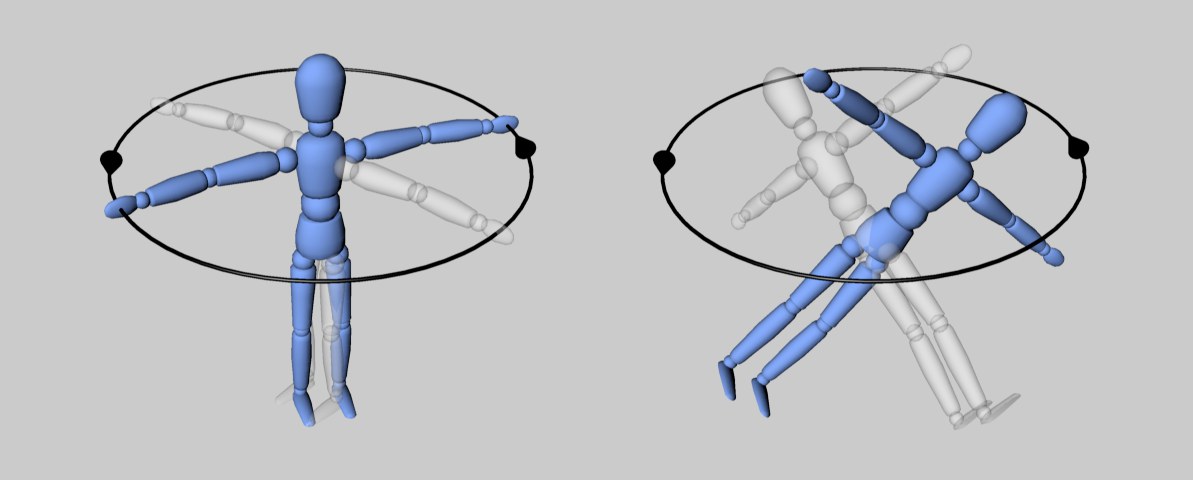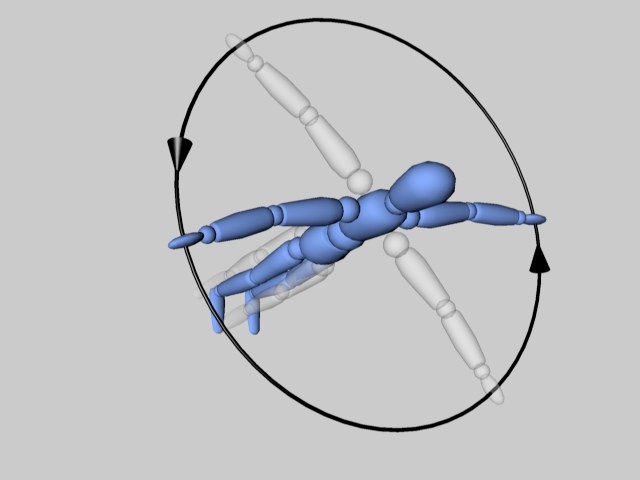 Null
Null
 Null
Null
无效
Basic 基础Coord.Object 对象Null
无效
The null object might well mutter to itself I cannot do anything, I’m nothing! And it would be correct … almost.
这个 null 对象可能会自言自语: 我什么都做不了,我什么都不是!这是正确的... 几乎。
If you call this function, Cinema 4D creates an empty axis system in the 3D space. The object contains neither points nor surfaces and cannot be edited in the normal way.
如果你调用这个函数,Cinema 4D 在3D 空间中创建了一个空轴系统。对象既不包含点也不包含表面,不能以正常方式进行编辑。
So what’s the point of the null object? Well, the null object can have other objects placed within it. So it is useful for grouping elements of a scene together. Null objects are also created by an automatic grouping in the Object Manager using the Group Objects command.
那么 null 对象的意义是什么呢?这样,null 对象可以在其中放置其他对象。因此,将场景中的元素组合在一起是很有用的。使用 Group Objects 命令,对象管理器中的自动分组也会创建空对象。
Tip: 提示:Let’s not forget one of the most frequently used applications of the null object — its use as a dummy object for accurate rotation of previously rotated objects. As long as the axes of an object lie parallel to those of its parent system (with newly created objects the parent is the world coordinates system), an object rotates around its Y axis (a heading rotation). However, if the object, or its local object coordinate system, is already rotated (so that its axes are not parallel to those of its parent), the result often astonishes even the most experienced 3D designers.
让我们不要忘记 null 对象最常用的一个应用程序ーー它作为一个虚拟对象用于精确旋转以前旋转过的对象。只要物体的轴线与其父系统的轴线平行(新创建的物体的父系是世界坐标系) ,物体就会围绕其 y 轴旋转(标题旋转)。然而,如果这个物体,或者它的本地物体坐标系,已经旋转过了(这样它的轴就不会和它的父轴平行了) ,结果往往会让最有经验的3D 设计师都大吃一惊。
 Left: rotation with parallel axes systems, Right:
with an already rotated object system (in each case, the final rotation is through 90°). 左: 平行轴系统的旋转,右: 已经旋转的物体系统(在每种情况下,最后的旋转是通过90 °)
Left: rotation with parallel axes systems, Right:
with an already rotated object system (in each case, the final rotation is through 90°). 左: 平行轴系统的旋转,右: 已经旋转的物体系统(在每种情况下,最后的旋转是通过90 °)
The use of a null object gives the desired result. The null must point in the same direction of the object and the object must be made a child of the null. Now the object can be rotated correctly, using the null as the coordinate system for rotation.
使用 null 对象可以得到期望的结果。Null 必须指向对象的同一方向,对象必须是 null 的子元素。现在物体可以正确旋转,使用零点作为旋转的坐标系。
 Correct rotation behavior through the use of a null
object. 通过使用空对象纠正旋转行为
Correct rotation behavior through the use of a null
object. 通过使用空对象纠正旋转行为
Animations with particles represent a further problem that null objects can help with. Assume you move an object from A to B, record this as a position track for the object and place this in an emitter. What happens? The objects simply fly from the emitter, as if they had never heard of the phrase position animation. The solution is to use a null object. Put the animated object into the null object and then the null object into the emitter. The result is that, as you intended, all emitted particles follow the position track you defined.
带有粒子的动画代表了空对象可以帮助解决的另一个问题。假设您将一个物体从 a 移动到 b,将其记录为该物体的位置跟踪,并将其放置在发射器中。会发生什么?物体只是从发射器中飞出,好像他们从来没有听说过短语位置动画。解决方案是使用空对象。将动画对象放入 null 对象,然后将 null 对象放入发射器。结果就是,如你所愿,所有发射的粒子都遵循你定义的位置轨迹。